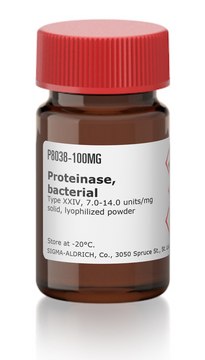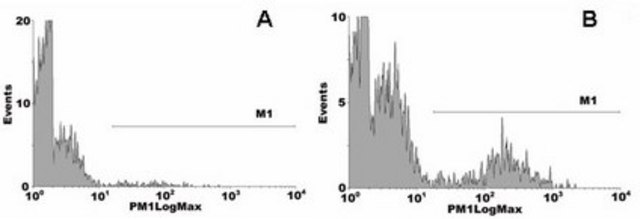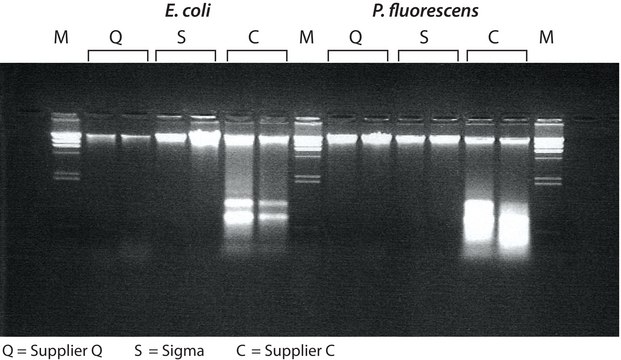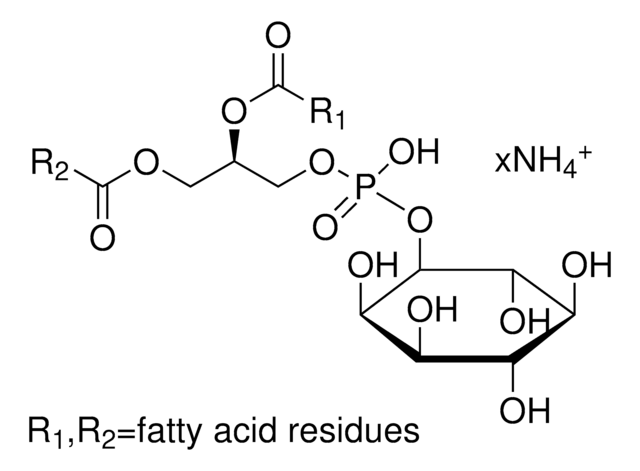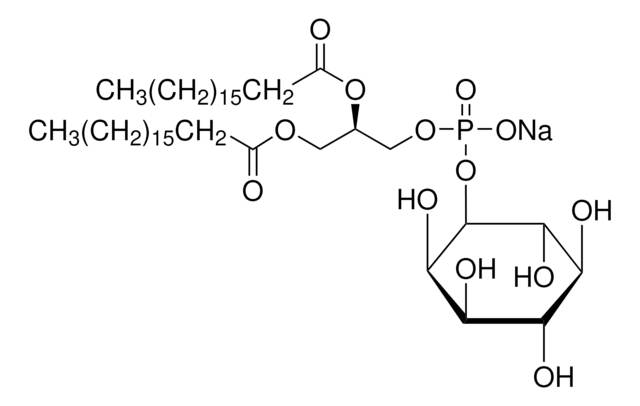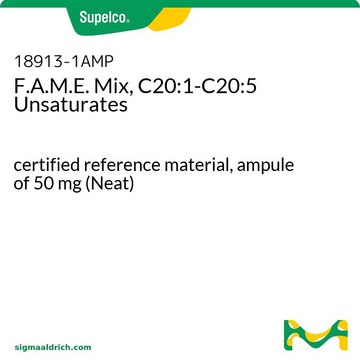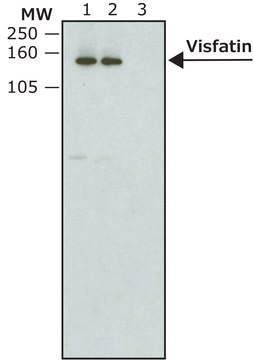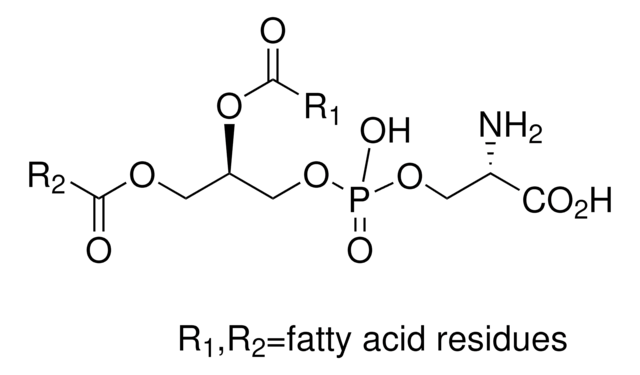推荐产品
生物来源
rabbit
抗体形式
serum
抗体产品类型
primary antibodies
克隆
polyclonal
种属反应性
Bacillus subtilis, bacteria
包装
antibody small pack of 25 μL
技术
immunofluorescence: suitable
western blot: suitable
同位素/亚型
IgG
NCBI登记号
UniProt登记号
靶向翻译后修饰
unmodified
基因信息
Bacillus subtilis subsp. subtilis str. 168 ... Ftsz(935971)
Escherichia coli K12 ... Ftsz(944786)
一般描述
Cell division protein FtsZ (UniProt: P17865; also known as Cell Division FtsZ GTPase, FtsZ) is encoded by the FtsZ (also known as BSU15290) gene (Gene ID: 935971) in Bacillus subtilis. FtsZ is homodimeric prokaryotic homologue of tubulin with GTPase activity. It is found in nearly all bacteria. It polymerizes in the presence of GTP to form higher-ordered polymers. It contains three GTP-binding sites that are located in the N-terminal region. The less conserved C-terminal domain contains residues that are important for GTP hydrolysis. FtsZ is shown to be essential for bacterial cell division and in association with FtzA (FtsAZ) it forms a contractile ring structure (Z ring) at the site of cell division. The regulation of the ring assembly controls the timing and the location of cell division. One of the major functions of FtsZ is to recruit other cell division proteins to the septum to produce a new cell wall between the dividing cells. The FtsZ treadmilling rate controls the rate of peptidoglycan synthesis and cell division. During bacterial cell division FtsZ co-localizes with SpoIIE, a dual function protein that contributes to the switch form medial to polar cell division during sporulation. The anti-FtsZ blot has also been used as control for sample loading (Ref.: Bisson-Filho, AW., et al., (2017). Science 355(6326); 739-743; Feucht, A., and Jeffery Errington, J (2005). Microbiology 151(6); 2053-2064; Lucet, I., et al. (2000). EMBO J. 19(7); 1467-1475; Lytvynenko, I., et al. (2019). Cell. 178(1); 76-90).
特异性
This rabbit polyclonal antibody detects Cell Division Protein FTsZ in Bacillus subtilis.
免疫原
Epitope: unknown
Full length purified FtsZ from Bacillus subtilis.
应用
Anti-FtsZ (GTPase), Cat. No. ABS2200, is a rabbit polyclonal antibody that detects Cell division protein FtsZ and has been tested for use in Immunofluorescence and Western Blotting.
Research Category
Signaling
Signaling
Western Blotting Analysis: A representative lot detected FtsZ (GTPase) in Western Blotting applications (Lucet, I., et. al. (2000). EMBO J. 19(7):1467-75; Bisson-Filho, A.W., et. al. (2017). Science. 355(6326):739-743).
Immunofluorescence Analysis: A representative lot detected FtsZ (GTPase) in Immunofluorescence applications (Daniel, R.A., et. al. (2000). Mol Microbiol. 35(2):299-311).
Immunofluorescence Analysis: A representative lot detected FtsZ (GTPase) in Immunofluorescence applications (Daniel, R.A., et. al. (2000). Mol Microbiol. 35(2):299-311).
质量
Evaluated by Western Blotting in GFP-FtsZ & TrsZ in Bacillus subtilis 168ca wild type.
Western Blotting Analysis: A 1:5,000 dilution of this antibody detected GFP-FtsZ and FtsZ in wild type Bacillus subtilis 168ca.
Western Blotting Analysis: A 1:5,000 dilution of this antibody detected GFP-FtsZ and FtsZ in wild type Bacillus subtilis 168ca.
目标描述
~44 kDa observed; 40.40 kDa calculated. Uncharacterized bands may be observed in some lysate(s).
外形
Unpurified
Rabbit polyclonal antiserum with 0.05% sodium azide.
储存及稳定性
Stable for 1 year at -20°C from date of receipt. Handling Recommendations: Upon receipt and prior to removing the cap, centrifuge the vial and gently mix the solution. Aliquot into microcentrifuge tubes and store at -20°C. Avoid repeated freeze/thaw cycles, which may damage IgG and affect product performance.
其他说明
Concentration: Please refer to lot specific datasheet.
免责声明
Unless otherwise stated in our catalog or other company documentation accompanying the product(s), our products are intended for research use only and are not to be used for any other purpose, which includes but is not limited to, unauthorized commercial uses, in vitro diagnostic uses, ex vivo or in vivo therapeutic uses or any type of consumption or application to humans or animals.
未找到合适的产品?
试试我们的产品选型工具.
法规信息
新产品
Esther N Park et al.
The EMBO journal, 43(4), 484-506 (2024-01-05)
Stalled ribosomes are rescued by pathways that recycle the ribosome and target the nascent polypeptide for degradation. In E. coli, these pathways are triggered by ribosome collisions through the recruitment of SmrB, a nuclease that cleaves the mRNA. In B.
Federico Cerullo et al.
Nature, 603(7901), 509-514 (2022-03-11)
Ribosome stalling during translation is detrimental to cellular fitness, but how this is sensed and elicits recycling of ribosomal subunits and quality control of associated mRNA and incomplete nascent chains is poorly understood1,2. Here we uncover Bacillus subtilis MutS2, a
我们的科学家团队拥有各种研究领域经验,包括生命科学、材料科学、化学合成、色谱、分析及许多其他领域.
联系技术服务部门